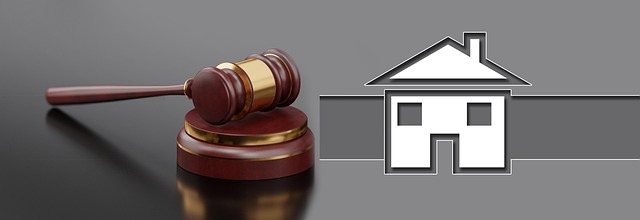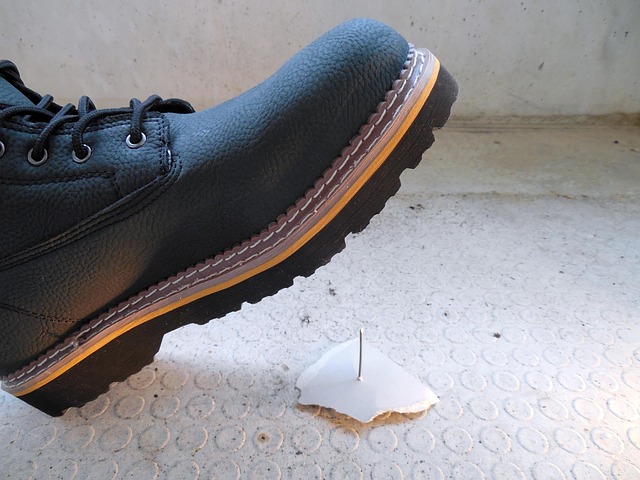Understanding bicycle accident liability requires analyzing factors like road conditions, driver behavior, and cyclist actions to determine responsibility. Both parties have legal obligations, and immediate steps after an incident—exchanging contact info, gathering witness details, taking photos—are crucial for documentation. Cyclists should prioritize safety, seek medical care, thoroughly document the incident, capture scene photos, gather statements, and consider tailored insurance options or legal representation from specialists to ensure accountability and protect their rights in complex cases.
Cyclists navigating the roads face unique challenges, and understanding bicycle accident liability is crucial for protecting yourself post-crash. This comprehensive guide delves into the key factors shaping bicycle accident liability, emphasizing essential documentation required immediately after an incident. From identifying witnesses to capturing damage evidence, these steps ensure you’re prepared legally. Learn how to protect your rights and take proactive measures to secure justice in the aftermath of a cycling mishap.
- Understanding Bicycle Accident Liability: Key Factors to Consider
- What Documentation is Essential Post a Cycling Incident?
- Protecting Yourself: Legal Steps for Cyclists After an Accident
Understanding Bicycle Accident Liability: Key Factors to Consider

Understanding Bicycle Accident Liability involves delving into several key factors that can significantly impact responsibility and potential compensation. When a cyclist is involved in an accident, determining liability often requires examining who or what contributed to the incident. This could include evaluating road conditions, driver behavior, cyclist actions, and compliance with local traffic laws. For instance, if a bicycle collides with a vehicle, factors such as who had the right of way, visibility, and speed limits played in the accident will be crucial in apportioning fault.
Additionally, the presence or absence of safety equipment like helmets and lights, along with maintenance of bicycles, can also influence liability. Cyclists and drivers alike have legal obligations to ensure their safety and that of others on the road. In case of disputes, a truck accident attorney or personal injury attorney may be required to navigate insurance claims and negotiate settlements or represent clients in court. Understanding these complexities is vital for cyclists aiming to protect themselves legally in the event of an accident.
What Documentation is Essential Post a Cycling Incident?

After a cycling incident, several essential documents can help establish bicycle accident liability and protect your rights. First and foremost, ensure you exchange contact information with any other parties involved, including witnesses. It’s crucial to gather details such as names, phone numbers, addresses, and insurance information. Additionally, take photos of the scene, capturing any visible damage to bicycles or infrastructure, and document any injuries sustained. These visuals can serve as compelling evidence in establishing liability.
While these steps are vital for individual cycling accidents, they become even more critical in cases involving commercial entities or legal disputes akin to medical malpractice or commercial disputes. In such scenarios, comprehensive documentation becomes a breach of contract prevention measure and a key strategy to demonstrate negligence and accountability.
Protecting Yourself: Legal Steps for Cyclists After an Accident

After a bicycle accident, cyclists must take immediate legal steps to protect themselves and their rights. The first step is to ensure everyone’s safety and seek medical attention if needed. Documenting the incident thoroughly is crucial for establishing bicycle accident liability. Take photos of the scene, gather contact information from witnesses, and record details such as the date, time, location, and conditions that led to the accident. This evidence can be invaluable when navigating the legal system.
It’s also important for cyclists to consider their options in terms of insurance coverage and legal representation. Many cycling-specific insurance policies exist that can help with medical bills and repairs, while experienced attorneys specializing in personal injury or bicycle accidents can guide you through complex legal processes. Remember, protecting yourself legally after a crash is not just about seeking compensation but also ensuring that the responsible party is held accountable, especially if the accident involved negligence or intentional harm, like in cases of nursing home abuse or breach of fiduciary duty.
In the event of a bicycle accident, understanding liability and documenting the incident are crucial steps for cyclists to protect their rights. By gathering essential evidence and seeking legal advice, riders can navigate the complexities of bicycle accident liability. This process ensures that all responsible parties are held accountable, promoting road safety and fair compensation for any injuries sustained. Remember, prompt action and thorough documentation are key to managing potential legal implications and ensuring a just outcome in the aftermath of a cycling mishap.





